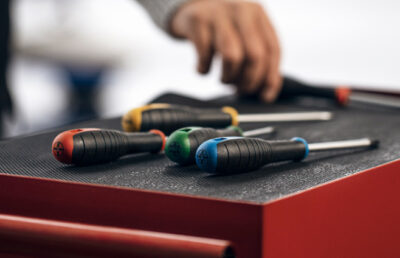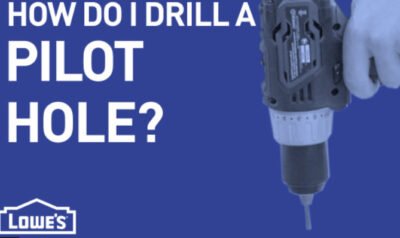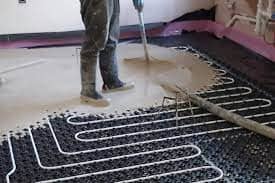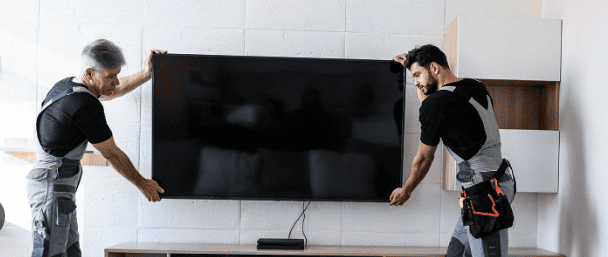Learning how to use a drill correctly and which screws to fix with is important for every DIYer, as this can mean the difference between a job well done and a disaster. Whether you are swapping mountfield spares from www.diyspareparts.com/parts/mountfield/ or swapping a fuse in a plug.
A screwdriver is a hand or power tool that is used to drive or remove screws. There are three types of screw: Phillips, slot and Posidrive.
It is crucial to use the right screws with the corresponding screwdriver, as incorrect usage could wear down the head of your screws and screwdriver.
Always use the right bit, or screwdriver end, for your specific application, and apply adequate pressure when screwing, using both hands.
There are a wide variety of drills available, so do your research before deciding which suits your needs best. Visit an online DIY store to get an idea of your options. Some people, for example, prefer the flexibility of a cordless drill.
Consider what type of surface you will be drilling, as this will dictate the type of fixing and drill bits required. Solid walls will demand a masonry bit, for example, while a tile bit is needed for drilling through tiles. Whatever surface you drill, always wear goggles to protect your eyes.
Fixings are needed to hold and grip your screw in place, which are called Raw plugs. There are different types of fixings available, for various surfaces, so make sure you use the right one for your specific application. Fixings are normally colour coded, making it easier to identify what they are most suitable for and what type of screw and drill bit they correspond with.
If you intend to drill a large hole, consider making a pilot hole first. This involves drilling a small hole that helps to guide the route for a bigger drill bit. A pilot hole is essential to prevent the wood splitting when working with hardwood or thin or brittle pieces of timber.
It is vital when using a drill or screwdriver that you are mindful of any electrical or water pipes that may lurk behind the surface you are working on. A stud finder or metal detector are useful bits of kit that can locate wires and pipes for you before you begin any drilling work.





